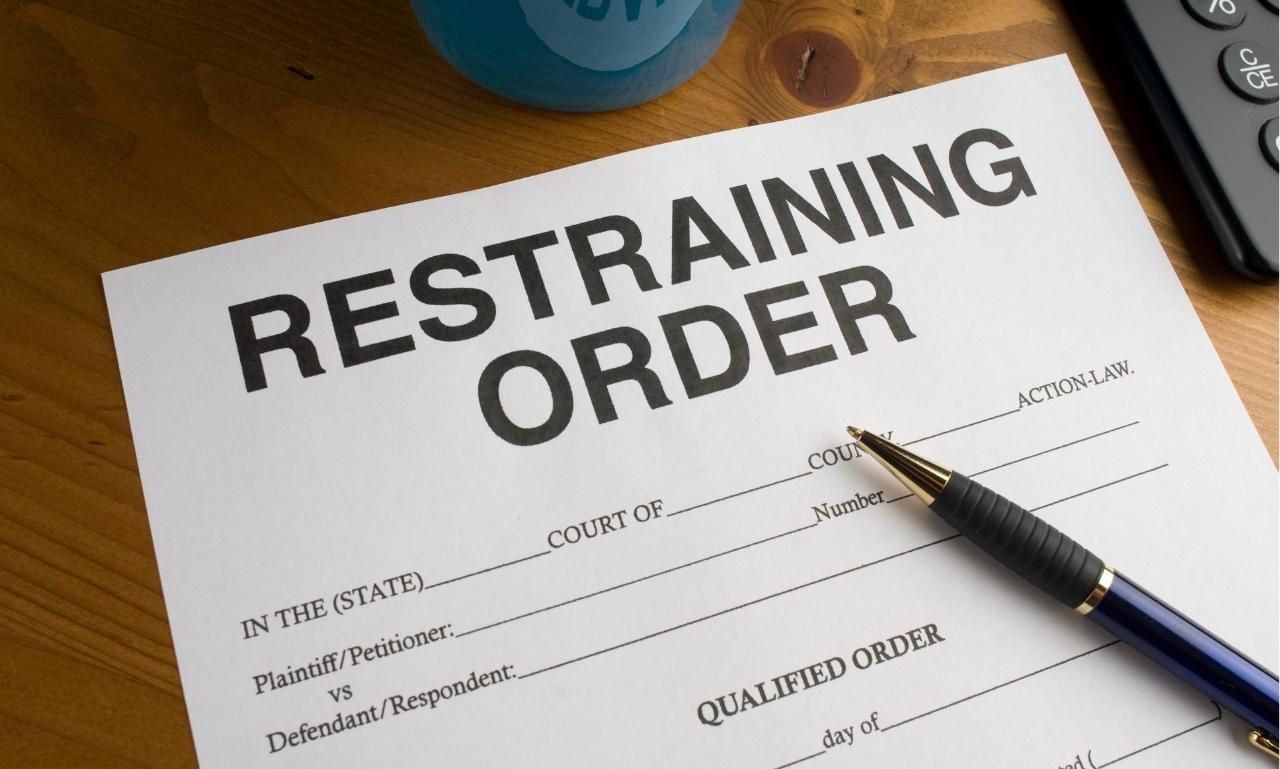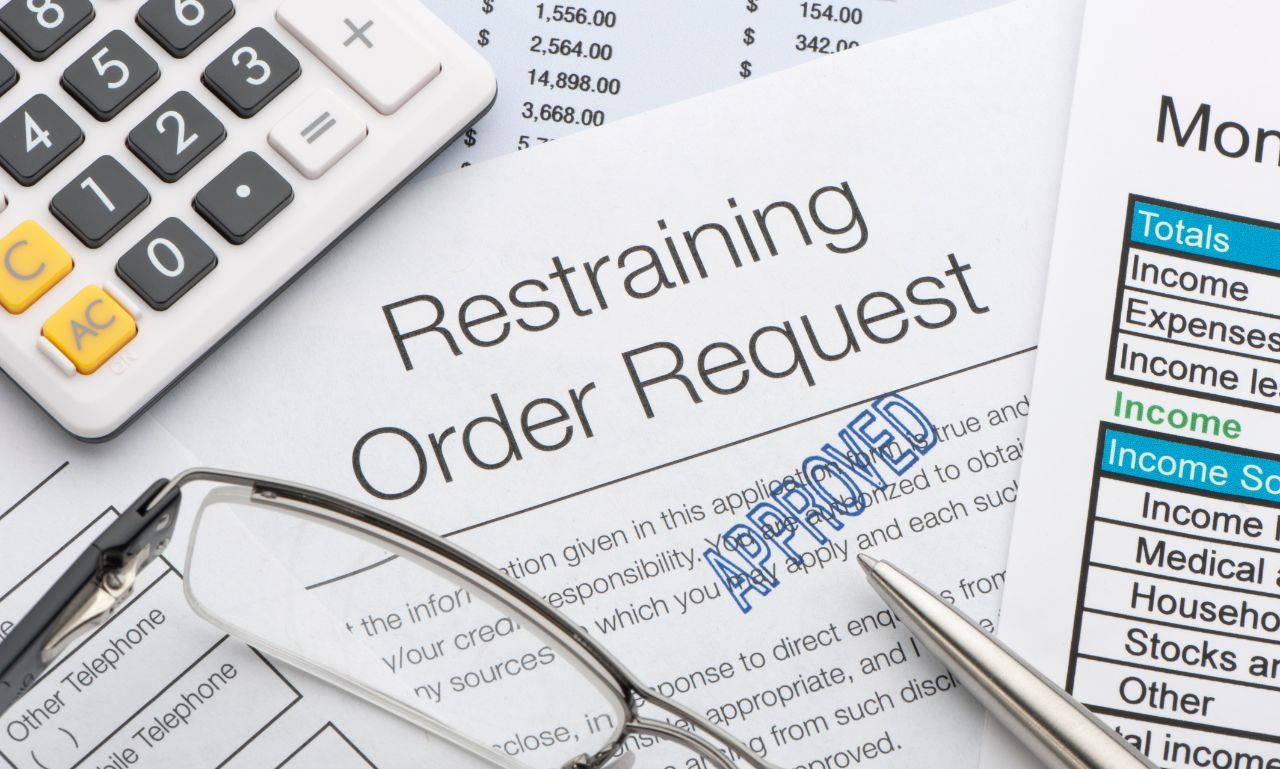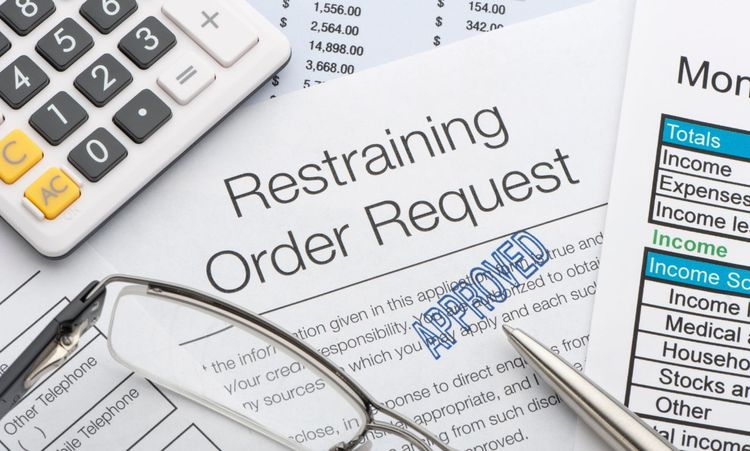In Massachusetts, specific legal protections are available to individuals who are at risk of abuse, harassment, or violence. Two common protective orders in the state are No-Contact Orders and Restraining Orders. Although they aim to protect individuals, their scope, purpose, and legal processes differ.
Let us explore the key differences between a No-Contact Order and a Restraining Order in Massachusetts, focusing on their legal processes and types and how they can help protect victims of abuse or harassment.
Types of Protective Orders
In Massachusetts, there are two main types of protective orders:
Abuse Prevention Order (209A Order)

Also known as a restraining order, a 209A Order is a civil court order that provides protection from physical or sexual harm caused by force or threat of harm from a family or household member.
Some key points about 209A orders:
- You can obtain these orders against a family or household member, including a spouse, ex-spouse, dating partner, relative, or roommate.
- Abuse does not have to be physical - threats, intimidation, and causing fear are sufficient.
- There is no filing fee to obtain a 209A order.
- Violations can result in criminal charges and jail time.
Obtaining a 209A order starts with filing a complaint at a local courthouse. If the judge grants a temporary "ex parte" order, it goes into effect immediately until a hearing within 10 court business days. At that hearing, both parties can present their case before the judge decides on a long-term order.
Harassment Prevention Order (258E Order)
A 258E Order, or harassment prevention order, is a court order that protects victims from harassment, abuse, and sexual assault from anyone, not just family or household members.
Essential facts about 258E orders include:
- You can obtain these orders against anyone who has committed harassment, abuse, or sexual assault, even without a prior relationship.
- Massachusetts law defines harassment as three or more acts of willful and malicious conduct aimed at a specific person that causes fear, intimidation, abuse, or property damage.
- Victims can file for a 258E order at a local courthouse. There is a filing fee unless you also file an affidavit of indigency.
- Violating a 258E order can result in a criminal charge and penalties.
Like 209A orders, the process starts with requesting an emergency 258E order from a judge, which can provide immediate protection until a full court hearing within 10 court days. At that hearing, the alleged abuser has an opportunity to present their case before a judge rules on a long-term order.
Legal Process and Courts Involved
The process of obtaining protective orders involves appearing in court. Here are the key points about the legal process and where to file:
Temporary Orders and Hearings
- Temporary emergency orders can be granted "ex parte" (with only the victim present) to provide immediate protection until a full hearing.
- Emergency hearings are typically held within a day or two, while a full court hearing with both parties present is scheduled within 10 business days.
- At the full hearing, both the victim and alleged abuser can present evidence and testimony before a judge makes a ruling.
Help Getting a Restraining Order in Massachusetts
Victims can get help with filing protective orders from domestic violence advocates, court service centers, and some police departments. Key resources include:
- Statewide domestic violence hotline: 1-877-785-2020
- Local domestic violence programs and advocates
- Court service centers and clerks at courthouses
- Many police departments have civilian domestic violence advocates on staff
Advocates can help explain the legal process, assist with paperwork, accompany victims to hearings, and provide safety planning and support.
Court Orders and Criminal Charges

While protective orders are civil matters, violations can lead to criminal charges. Other essential points regarding the intersection of civil and criminal court:
Violations of Orders
- Violations of 209A or 258E orders can result in criminal charges, with penalties of up to 2 1/2 years in jail, a $5,000 fine, or both.
- Repeat violations may result in enhanced penalties and felony charges.
- Even if no physical abuse occurs, actions like contacting the victim, entering their home or workplace, or refusing to leave can be considered violations.
Police Reports and Evidence
- Police incident reports of alleged abuse or harassment are essential evidence in obtaining and enforcing protective orders.
- Evidence like photos, medical reports, witness statements, threatening messages, and damaged property can also be presented in court.
- Judges consider the evidence and severity of allegations when deciding whether to issue emergency and long-term orders.
Having documentation from police and other evidence of abusive and harassing behavior can help victims get the protection they need through restraining and no-contact orders.
Who Can A Restraining Order Be Obtained Against?
209A abuse prevention orders are for victims seeking protection from family or household members, which include:
- Spouses and former spouses
- Individuals who are or were living together
- People related by blood or marriage
- Parents of a common child
- Dating partners
- Individuals engaged to marry
258E harassment prevention orders can be obtained against anyone who commits harassment, abuse, or sexual assault, even without a prior relationship. This might include:
- Co-workers or classmates
- Neighbors
- Acquaintances
- Strangers
The key is showing a pattern of harassment and malicious behavior aimed at causing fear, intimidation, abuse, or property damage, even without a familial or household relationship.
How Does A Restraining Order Work?

Restraining orders, both 209A and 258E, are civil court orders signed by a judge that order the alleged abuser to stay away from the victim. Key provisions can include:
- Ordering the abuser not to abuse, threaten, or harass the victim
- No contact with the victim in person, by phone, online, or through third parties
- Requiring the abuser to stay away from the victim's home and workplace
- Ordering the abuser to leave a shared household
- Awarding temporary child custody to the victim
- Requiring the abuser to pay temporary child support and/or expenses caused by the abuse
- Ordering the abuser to surrender firearms and weapons
The protections and requirements vary based on the situation and the judge's assessment. However, the goal is to prevent further abuse and harassment by limiting contact and providing legal consequences for violations.
Specifics of the Legal Process
Here is a more detailed breakdown of the step-by-step process of getting a restraining order in Massachusetts:
Temporary Restraining Order
- Victims fill out a complaint outlining the incidents of abuse or harassment and the protections they are seeking.
- A judge reviews the complaint and can issue an emergency temporary order without notifying the alleged abuser based on the information provided.
- The temporary order typically lasts 10 business days until a full court hearing.
- The alleged abuser must be served with a copy of the temporary order and notice to appear at the full hearing.
2-Party Hearing
- About 10 court business days after the temporary order, a hearing is held at which both the victim and alleged abuser can present their case.
- Both parties can testify, present evidence, and sometimes call witnesses.
- A judge hears from both sides and decides whether to extend the restraining order for up to a year.
- It can be extended if the judge grants an order after the hearing.
- If the judge denies the order, the temporary order expires, and the case is closed.
Throughout this process, victims can get help from advocates and legal assistance with completing paperwork, appearing in court, and connecting with other support services.
Conclusion
No contact orders and restraining orders are essential tools to protect victims of abuse, sexual assault, and harassment in Massachusetts. By understanding the different types of orders, the legal process involved, and how to get help, victims can take steps to protect their safety and hold abusers accountable.
If you or someone you know needs protection from abuse or harassment, contact the statewide domestic violence hotline at 1-877-785-2020 or talk to a local domestic violence advocate for help with the restraining order process. Remember, you are not alone, and support is available.
Also Read: Is Being Arrested the Same as Being Charged?




